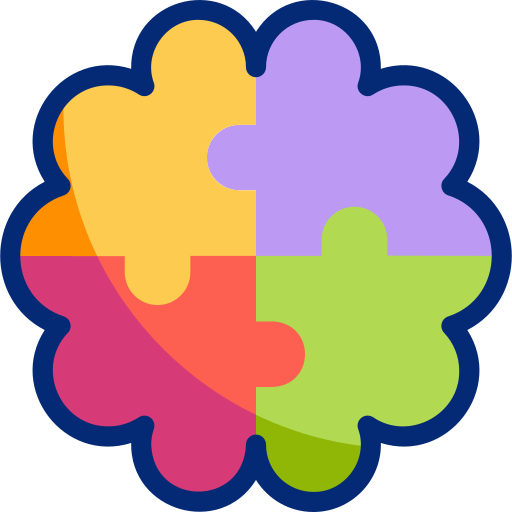The Learner’s License Barrier, and What No One Talks About

Remember the excitement of turning 17?
For many of us, that learner’s license was our first taste of freedom. Learning to drive in the ‘90s was a rite of passage — slightly terrifying, yes, especially with minibus taxis treating lanes as suggestions — but still something we looked forward to. We studied the K53 book, practiced hill starts in quiet cul-de-sacs, and couldn’t wait to be trusted with a steering wheel and a sense of direction (or at least a printed map in the glove compartment).
The learner’s license was just a little piece of paper — but it put you on the path to that extra page in your green ID book. That official stamp, that photo that made you look slightly startled… it felt so neat. Like you’d finally made it. You were a grown-up.
So it’s a strange thing — a hard thing — to now have a son who’s 21, desperate for those very same things, but still stuck at that first gate. Not because he isn’t ready to learn. Not because he wouldn’t make a thoughtful, safe, responsible driver. But because the test — the very first hurdle — was never designed for a brain like his.
James is profoundly gifted, with ADHD and one of the most severe forms of dyslexia ever recorded in South Africa. His mind is agile, curious, and capable of extraordinary things. But when it comes to preparing for the learner’s license, he hits a wall — not due to lack of effort, but because the system assumes that everyone learns in the same way.
He was once granted an oral version of the test, which sounds like inclusion. But in reality, the material is still dense, abstract, and structured around recall, not understanding. There are no visual scaffolds. No accessible formats. No allowance for how someone like him — someone who can understand the rules of the road deeply and meaningfully — might get there differently.
And this is where everything stalls.
The practical driving test — the part where someone observes you in real time, on the road, responding to actual conditions — that will probably be the easier part for him. That part makes sense. But to even reach it, he first has to pass a test that, for him, is a maze of inaccessible logic and outdated assumptions.
So here we are.
A young adult with a brilliant mind and a growing sense of entrapment — desperate to expand his independence, but stuck relying on Uber (which gets expensive), or on parents who are working full-time and can’t always drop everything to drive.
He wants to attend classes. Meet friends. Run errands. Just be young. Just live.
But when access to mobility is locked behind a system that doesn’t recognise your way of learning, freedom becomes a privilege — not a right.
And we’re not alone.
All over the country, neurodivergent teens and young adults — bright, capable, responsible — are stuck in the same place. Some are autistic. Some live with severe anxiety. Some have ADHD or dyslexia, or all of the above. Some are brilliant visual learners who can memorise a route after driving it once, but can’t hold a paragraph of test instructions in working memory. What they have in common is that they could drive. They should be allowed to try. But the first step was never built for them.
Nicola Killops is an education specialist, neurodiversity advocate, and co-founder of Render-Killops, a foresight initiative exploring how AI and human connection can transform learning. She has spent two decades working with gifted and twice-exceptional learners — including her own complex and extraordinary young adult son. Nicola writes at the intersection of policy, parenting, and possibility, always with her feet on the ground and her heart in the fight.





